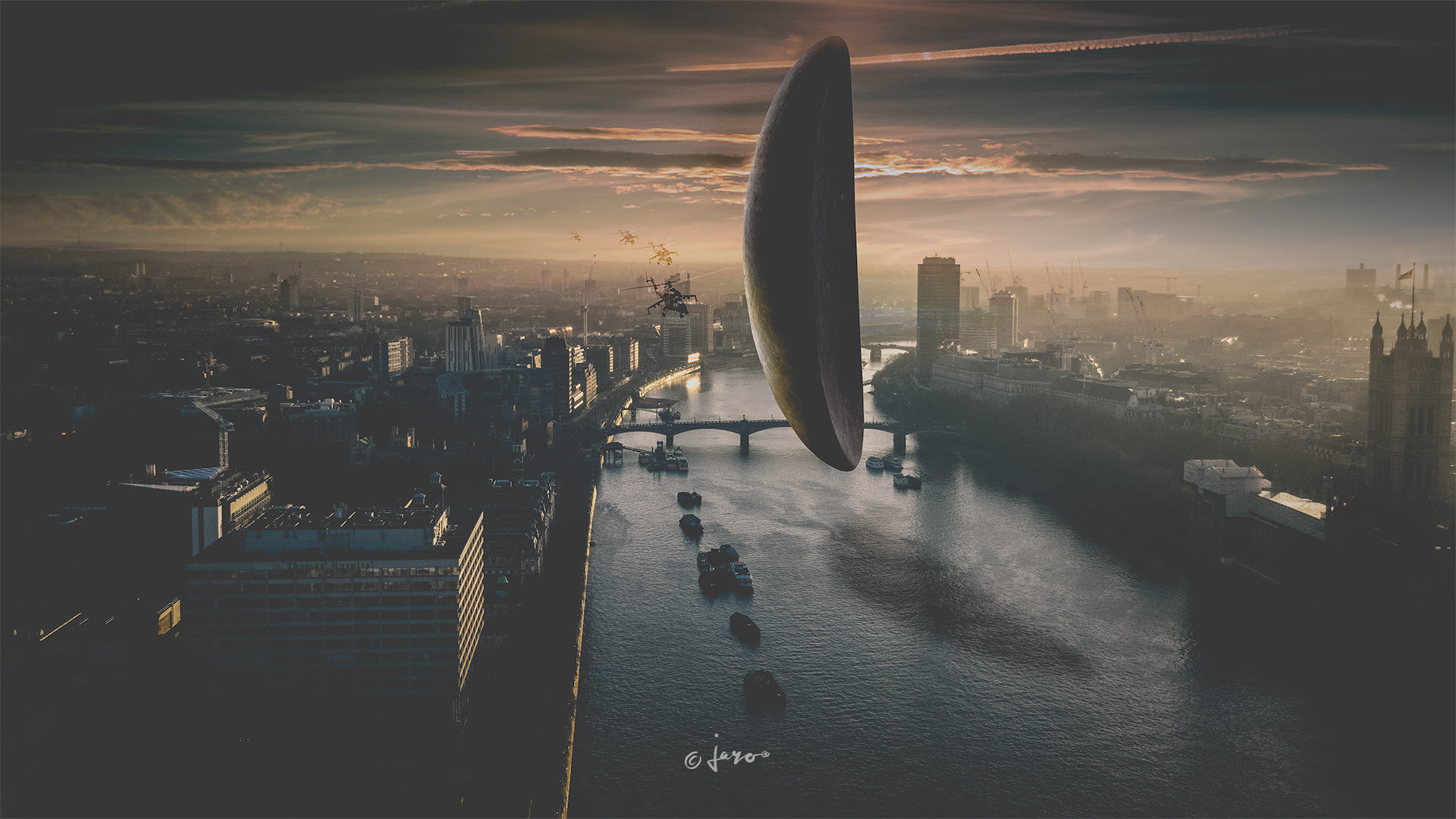MovieRules: The Ultimate Guide To Mastering The World Of Cinema
Have you ever wondered what makes a great movie truly unforgettable? It's not just about the plot or the actors—it’s about the rules that bring everything together. MovieRules are the backbone of filmmaking, shaping how stories are told and how audiences connect with them. Whether you're a filmmaker, a movie enthusiast, or just someone who loves a good flick, understanding these rules can change the way you watch films forever.
Think about it—every blockbuster, indie gem, or even that cheesy rom-com you secretly love has a set of guidelines that make it work. These aren’t just random rules; they’re carefully crafted principles that guide everything from storytelling to cinematography. Dive into this article, and we’ll break down everything you need to know about MovieRules, making you the ultimate movie buff in no time.
From the basics to the more complex nuances, we’ll explore why MovieRules matter, how they influence the movies we love, and how you can use them to enhance your movie-watching experience. So grab your popcorn, settle into your favorite spot, and let’s dive deep into the world of cinema!
- Medium Length Hair Styles For Women Over 60 Embrace Your Unique Beauty
- Watch Movierulz Rx 100 Full Movie The Ultimate Guide For Film Buffs
What Are MovieRules and Why Should You Care?
MovieRules might sound like something straight out of a Hollywood manual, but they’re real, and they’re everywhere. These are the unwritten (and sometimes written) rules that filmmakers follow to create movies that captivate audiences. They cover everything from structure to dialogue, lighting to sound design. But why should you care? Well, because understanding MovieRules gives you a deeper appreciation for the craft and helps you spot the magic in every scene.
For instance, did you know that most successful movies follow a three-act structure? Or that color grading plays a huge role in setting the mood? These are all part of MovieRules, and knowing them can turn you from a casual viewer into a film connoisseur. Plus, it’s just plain cool to know what’s going on behind the scenes!
The Origins of MovieRules
MovieRules didn’t just appear overnight. They’ve evolved over decades of filmmaking, shaped by legends like Alfred Hitchcock, Steven Spielberg, and Quentin Tarantino. Each director brings their own spin to the rules, but the core principles remain the same. For example, Hitchcock’s use of suspense has become a cornerstone of thriller films, while Tarantino’s nonlinear storytelling has redefined how narratives are told.
- 7 Movierulz 2023 Download Your Ultimate Guide To Movie Downloads But Letrsquos Be Smart About It
- Sausage Party Full Movie Download In Hindi Your Ultimate Guide
These rules aren’t set in stone, though. Filmmakers often bend or break them to create something fresh and innovative. That’s what makes cinema so exciting—you never know what rule will be rewritten next!
Key MovieRules Every Enthusiast Should Know
Ready to dive deeper? Let’s look at some of the most important MovieRules that every movie lover should know. These aren’t just guidelines—they’re the building blocks of great films.
The Three-Act Structure: The Foundation of Storytelling
Almost every movie you’ve ever seen follows the three-act structure: setup, confrontation, and resolution. This simple framework ensures that the story flows naturally and keeps viewers engaged. Think about it—without this structure, movies would feel chaotic and confusing. But when done right, it creates a satisfying journey that resonates with audiences.
Here’s a quick breakdown:
- Act 1: Introduce the characters, setting, and conflict.
- Act 2: Escalate the tension and explore the stakes.
- Act 3: Resolve the conflict and wrap up the story.
Show, Don’t Tell: The Power of Visual Storytelling
One of the golden rules of filmmaking is “show, don’t tell.” Instead of relying on dialogue to explain everything, great movies use visuals to convey emotions and ideas. This rule is especially important in action and silent films, where the story is told almost entirely through images.
For example, in *Inception*, Christopher Nolan uses intricate visuals to explain the concept of dreams within dreams. No lengthy exposition needed—just stunning visuals and clever editing.
How MovieRules Influence Audience Perception
MovieRules don’t just guide filmmakers—they also shape how audiences perceive movies. When a film follows these rules effectively, it creates an immersive experience that resonates with viewers. On the flip side, breaking these rules can lead to confusion or even frustration. It’s all about finding the right balance.
Take color grading, for example. A warm, golden hue can evoke nostalgia, while a cold, blue tint might suggest danger or isolation. Filmmakers use these techniques to manipulate audience emotions without them even realizing it. It’s subtle, but incredibly powerful.
The Role of Sound Design
Sound design is another crucial aspect of MovieRules. From the score to sound effects, every audio element is carefully crafted to enhance the viewing experience. Think about the iconic *Jaws* theme—just two notes, but they create an immediate sense of dread. That’s the power of sound design!
Breaking the Rules: When and Why Filmmakers Take Risks
While MovieRules are essential, sometimes the best movies are the ones that break them. Filmmakers often take risks by bending or completely disregarding established rules to create something new and exciting. This can lead to groundbreaking films that redefine genres and push the boundaries of storytelling.
For example, *Pulp Fiction* shattered traditional narrative structures by telling its story out of order. At first, it was controversial, but it ultimately became one of the most celebrated films of all time. This shows that while rules are important, creativity and innovation can lead to greatness.
When Breaking Rules Works—and When It Doesn’t
Breaking MovieRules isn’t always a good idea. Sometimes it works brilliantly, but other times it can backfire. The key is knowing when to take risks and when to stick to the tried-and-true methods. For instance, while *Pulp Fiction* succeeded in reinventing the crime genre, other films that tried similar approaches haven’t been as lucky.
Ultimately, it comes down to intention. If a filmmaker has a clear reason for breaking a rule, it can lead to something truly special. But if it’s done just for the sake of being different, it can feel forced and unnatural.
The Future of MovieRules
As technology advances and audiences evolve, MovieRules are bound to change. New tools and techniques are constantly emerging, giving filmmakers more ways to tell stories. Virtual reality, augmented reality, and AI are just a few examples of innovations that could reshape the industry in the coming years.
But one thing will always remain constant: the importance of storytelling. No matter how advanced the technology becomes, the heart of cinema will always be about connecting with audiences on an emotional level. And that’s where MovieRules will continue to play a vital role.
Emerging Trends in Filmmaking
Some of the most exciting trends in modern filmmaking include:
- Interactive storytelling: Movies that allow viewers to influence the outcome.
- Hybrid genres: Combining elements from different genres to create something unique.
- Sustainability: Filmmakers are increasingly focusing on eco-friendly production practices.
How to Apply MovieRules in Your Own Life
You don’t have to be a filmmaker to appreciate MovieRules. Whether you’re writing a story, creating a video, or even just analyzing movies, these principles can help you understand what makes a great film tick. Start by paying attention to the structure, visuals, and sound design in the movies you watch. You’ll be surprised at how much you can learn!
And who knows? Maybe one day you’ll create your own masterpiece using these timeless rules.
Practical Tips for Movie Enthusiasts
Here are a few tips to help you apply MovieRules in your own life:
- Watch movies with a critical eye—look for the rules being followed or broken.
- Study the works of great filmmakers to see how they use these rules.
- Experiment with your own projects, whether it’s writing, filming, or editing.
Conclusion: Embrace the Magic of MovieRules
MovieRules are more than just guidelines—they’re the essence of filmmaking. They shape the movies we love, influence how we perceive stories, and inspire creativity in countless ways. By understanding these rules, you can deepen your appreciation for cinema and even apply them to your own creative pursuits.
So the next time you watch a movie, take a moment to think about the rules that went into making it. Whether it’s the three-act structure, the power of visuals, or the magic of sound design, there’s always something to learn. And remember, while rules are important, don’t be afraid to break them when the time is right.
Now it’s your turn! Share your thoughts in the comments below. What’s your favorite MovieRule? Or do you have a favorite film that broke the rules in a brilliant way? Let’s keep the conversation going!
Table of Contents
- What Are MovieRules and Why Should You Care?
- Key MovieRules Every Enthusiast Should Know
- How MovieRules Influence Audience Perception
- Breaking the Rules: When and Why Filmmakers Take Risks
- The Future of MovieRules
- How to Apply MovieRules in Your Own Life
- Conclusion: Embrace the Magic of MovieRules
- The Origins of MovieRules
- The Three-Act Structure: The Foundation of Storytelling
- Show, Don’t Tell: The Power of Visual Storytelling
- The Role of Sound Design
- When Breaking Rules Works—and When It Doesn’t
- Emerging Trends in Filmmaking
- Practical Tips for Movie Enthusiasts
- Discover The Blue Salt Method Your Ultimate Guide To This Revolutionary Technique
- Unveiling Movierulztelugu 2024 The Ultimate Guide To Telugu Movies

Jaro © Arts Portfolio

Jaro © Arts Portfolio

Jaro © Arts Portfolio